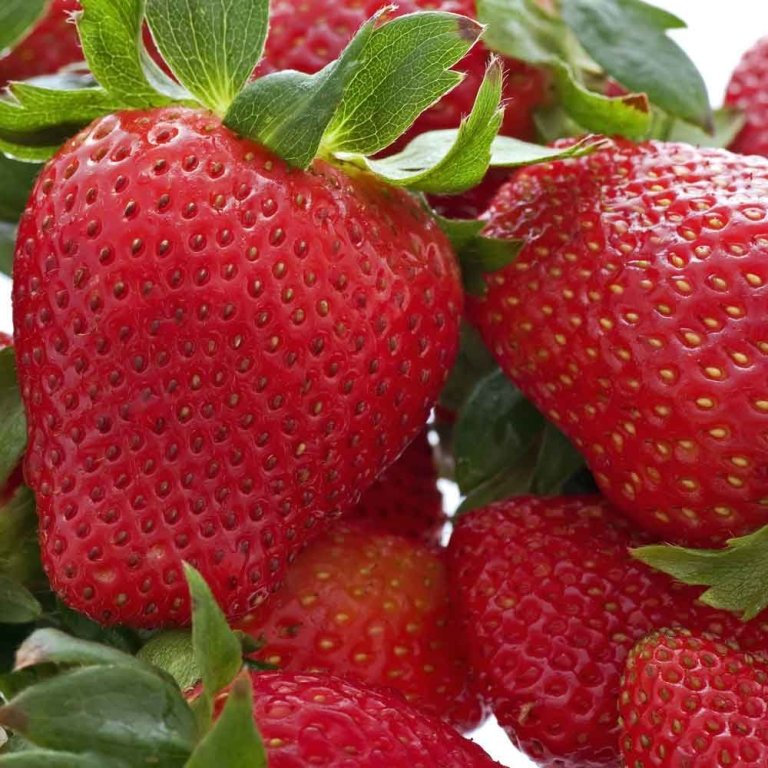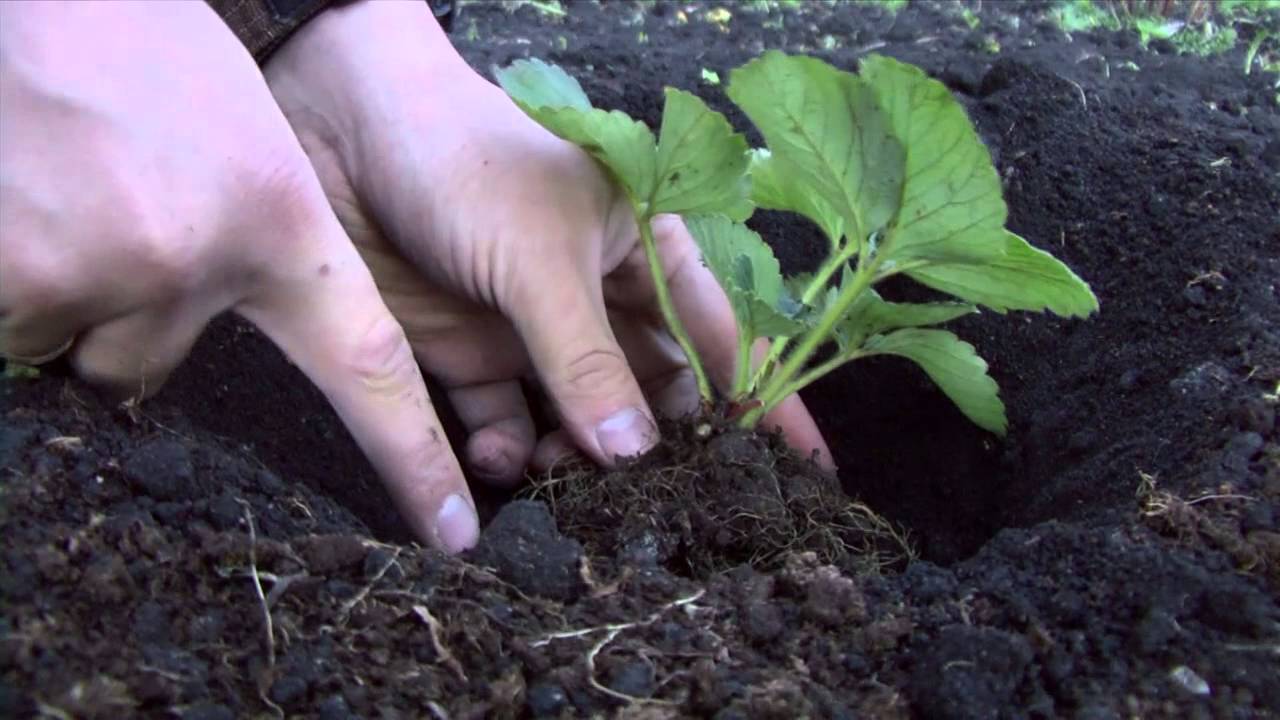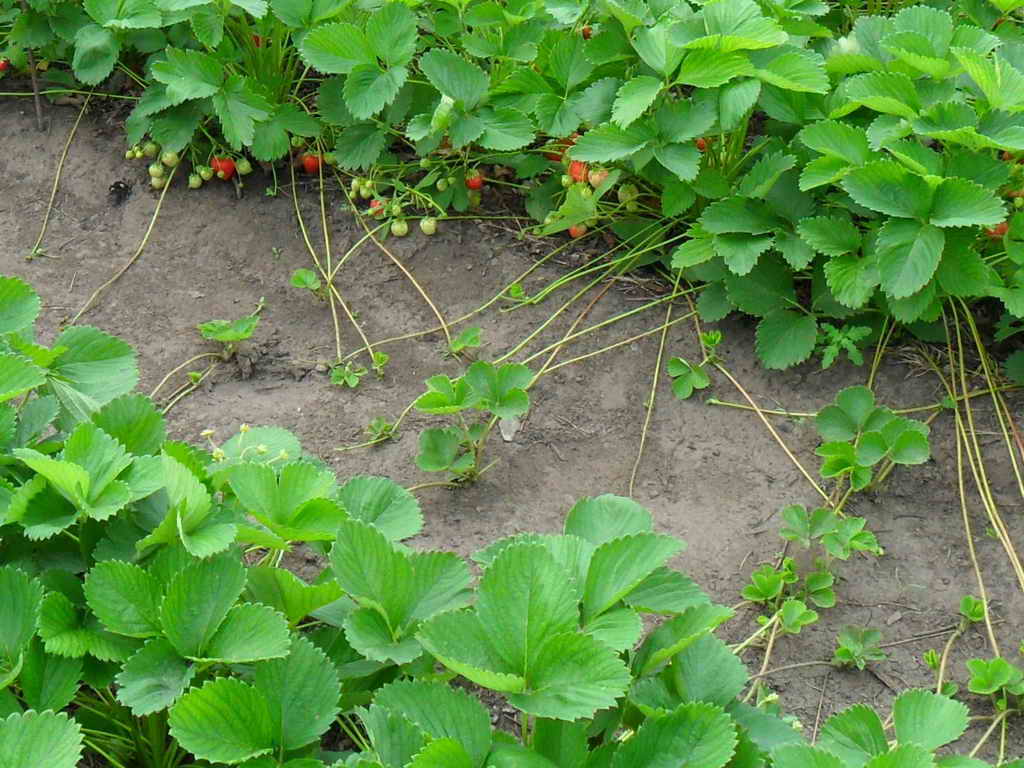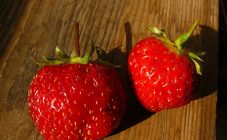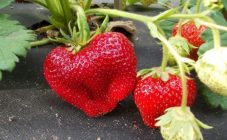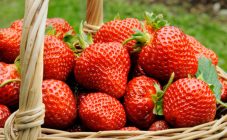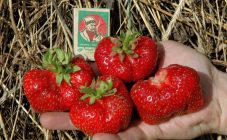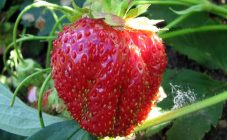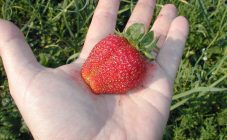The Honey strawberry variety was bred by American breeders, based on the Vibrant and Holiday varieties. This popular strawberry variety is named after the city of Honeoye, where it originated in 1979. Due to the different translations of the name of the city, the variety is also called Honeoye strawberry, Hanoi or Haney strawberry, Haniuan strawberry.
The variety is not remontant, that is, it bears fruit once a season. The advantages include good transportability, resistance to frost and various leaf diseases. It is an early and high-yielding variety. With good care, strawberries are harvested from one bush up to 400 grams of berries per season.
Honey Strawberry: description
Honey - strawberry, according to the description, is aromatic, has a sweet taste with slightly noticeable acidity and a beautiful rich red color with a shiny skin and red or red-orange pulp. The weight of one berry reaches 35-40 grams on average. The flower stalks are strong, they easily withstand all ripe berries.
The use of fruits is universal. Honey can be eaten fresh, cooked preserves, cook jams and confitures, make compotes, squeeze juices, use for making desserts and fruit salads, and freeze.
The disadvantage of the variety can be attributed to the fact that it does not tolerate both excess and insufficient moisture. This can lead to diseases of the root system.
Planting strawberries Honey
In late July, early August, you need to dig up the ground, adding humus or fertilizers and ash. This will provide the strawberries with all the nutrients they need to grow. To destroy all microbes and pests in the soil, it must be processed. Iodine and boric acid are used: 10 drops of iodine and 2 grams are added to a bucket of water. boric acid and everything is thoroughly mixed. The mixture is poured over the future garden. Boric acid improves the survival rate of seedlings and improves the taste of berries.
From above, the planting site is covered with a black non-woven material, which will retain moisture in the soil and create additional warmth for the roots. In addition, the black non-woven material will accelerate the ripening of berries and greatly facilitate the care of strawberries: no loosening and weeding of plantings is required. Then the markup is done. The place where the hole will be is cut with a sharp knife in the form of a cross. A hole is dug in this place.
Seedlings of strawberries should be healthy, green, have at least 4 well-developed leaves, with a root collar width of at least 1 cm. The roots are white without spots and insects. Dark roots mean that the seedlings are sick or obtained by dividing an old plant that undesirable. When planting, the strawberry roots should not bend, curl or look up. They are placed straight and directed straight down. To do this, cut the roots if they are longer than 10 cm.
All dry and diseased leaves must be cut off. Then the seedlings are planted in the hole, not forgetting to spread the roots. Further, the hole is covered with earth to the beginning of the upper part of the bush.
After planting, strawberries must first be watered every day, and after a week, watering can be reduced to 1 time in 7 days. You should also treat young plantings from diseases and pests.In the spring, when the snow melts, it is recommended to spill the strawberry beds with a medium solution of potassium permanganate with the addition of boric acid and a few drops of iodine. this must be done to feed and prevent diseases. After a week, it is good to make top dressing with complex fertilizer for strawberries "Ryazanochka". This dressing is repeated after the appearance of the peduncles and during the tying of the buds. It is very useful to dust the plantings with wood ash. This will scare off the weevil and provide additional nutrition to the bushes.
After harvesting, it is required to remove excess mustache and diseased leaves and feed with a solution of liquid mullein and ash. In order for strawberries to grow well and bear fruit, after 4 years they need to be transplanted to a new place. It reproduces with its own mustache.
Reproduction
To do this, during fruiting, the bushes with the largest berries are marked so that they can then be used as mother plants. In spring, these bushes are planted separately and grown for whiskers. From one plant, you can get from two to four antennae. The mustache should be cut off after the first formed small bush. This will allow you to get a high-quality seedling that has all the characteristics of the variety. But if you need a lot of seedlings, then you can leave up to three outlets on one antenna. The second and third rosettes will be slightly weaker than the first, but subsequently all the seedlings will even out.
It is recommended to separate the seedling from the mother bush in the spring, after the plants have overwintered. Then the seedlings will be finally formed. Young rosettes will have a strong root system.
The Honey variety is generally resistant to all diseases, except for those that occur with excessive moisture, therefore, during long rains, strawberries are covered with a film.
Pests
- The strawberry whitefly lays its larvae under the strawberry leaves. They feed on the sap of the plant. To prevent damage to plants by these pests, you need to plant them according to the recommended planting scheme in a sunny place, since this type of pest is afraid of sunlight. Bushes are treated with drugs such as Karate or Sharpei. During flowering and fruiting, this treatment is not recommended.
- The leaf beetle leaves behind holes in the leaves. Spraying against it is carried out in the spring with drugs such as Corsair and Karbofos.
- The nematoda halves the strawberry crop. The larvae of the pest die if they are treated with Fitoverm.
The berries of the Khonei strawberry, according to the description of the variety by the breeders, are beautiful, as if painted, have high consumer properties, which makes it possible to use this variety for commercial cultivation and in amateur summer cottages.
